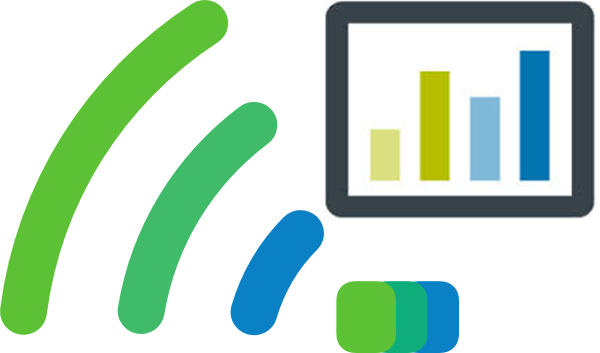The end of the 2019 GSoC program came to an end quite fast, but on the other hand, it just kicked off the development of the .NET WPS API and ArcGIS Pro Add-In. I’ll introduce you to what has been done so far, what we might expect from future contributors and my personal thoughts on this.
enviroCar Analysis Service
Six students from the Bochum University of Applied Sciences worked on developing an analysis service for enviroCar last semester. As part of their studies, they developed a pilot system with which one can calculate routes that require the least amount of fuel on average. The basic idea was to create a model which estimates the power/energy consumption for electric cars along predefined routes, thus enabling drivers to determine if they could reach a certain destination with the power available. The students relied on user generated empirical values gathered via enviroCar, e.g. fuel consumption, emission and speed. They used street data from OpenStreetMap, which they edited with ArcGIS Tools.
Linking GIS and WoT – The Video
This blog post presents the progress of the Google Summer of Code Project GIS Link to the Web of Things. The purpose of this project is to enable a user to communicate with “things” in the WoT paradigm using available GIS and geobrowser software running on a computer or mobile platform. The methodology of communication uses regular HTTP GET requests to which the server hosted by the thing responds with a KML file. KML is an open XML standard for geographic visualisation and is well suited to carry geographic information. The file received is then displayed by a KML viewer, such as Google Earth or ArcGIS Explorer.
The video demonstrates how I programmed an Arduino Mega 2560 with web connectivity provided by an Arduino Ethernet Shield to respond to specifically structured requests from Google Earth. The response is a KML file and depends upon the type of GET request. The vision is to program such a server on thousands of digital devices and control them from a remote location using GIS software. The applications of such a scenario can be vast and promising.
GIS Link to the Web of Things Demo Video
To be more specific, the readings of multiple sensors attached to the Arduino platform are internally stored in a csv log file. Sensor readings alone are insufficient to provide a complete picture of the sensor state. Therefore date, time and geo-coordinates obtained from an on-board GPS unit are also stored with each sensor measurement. Upon request from the client, multiple Placemarks (one for each measurement) are embedded into KML file along with the timestamp information so that a user can easily filter out the information he/she wants while interacting with the timeline user interface.
The work above proves the concept, but still defines just a first step and a lot of innovation and improvement lies ahead. Moving on further, another possible way to maintain the link is through the GeoServices REST API and JSON exchange. In that way, a smooth exchange of data between ArcGIS GIS software and web enabled things can take place.
New Version of ArcGIS SOS Adapter
In March a Space-and-Time Workshop will take place at the EDC Institute for Geoinformatics (ifgi). Sensor observation data is heavily space and time-related, and the integration of such data in existing tools will cover one part of the discussions for sure.
However, as the IfGI already updated ArcGIS, it was the perfect opportunity to update the adapter to support ArcGIS 10. This also included some (minor) bugfixes, but also to use the current /ArcHydro/Setup10/">ArcHydro tools (v2.0.1.14) as well. Please use and test the new version of the SOS Adapter, so that I can fix bugs as early as possible.
UPDATE: During the tests with the 52°North demo SOS which has several procedures covered in one offering, it became apparant that only one procedure was listed within the timeseries info table. I fixed this bug but did not want to make another version, so be sure have downloaded the latest version by comparing the creation date of the zip.
